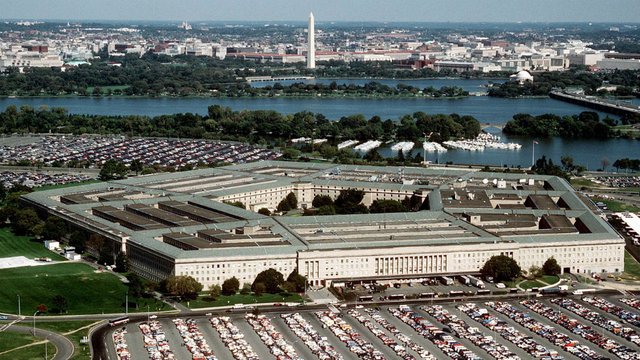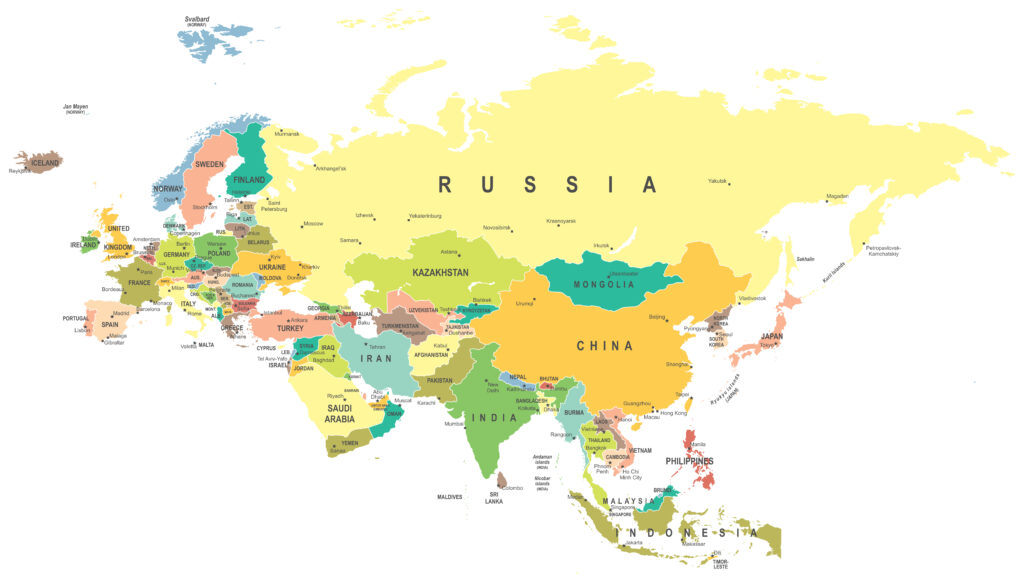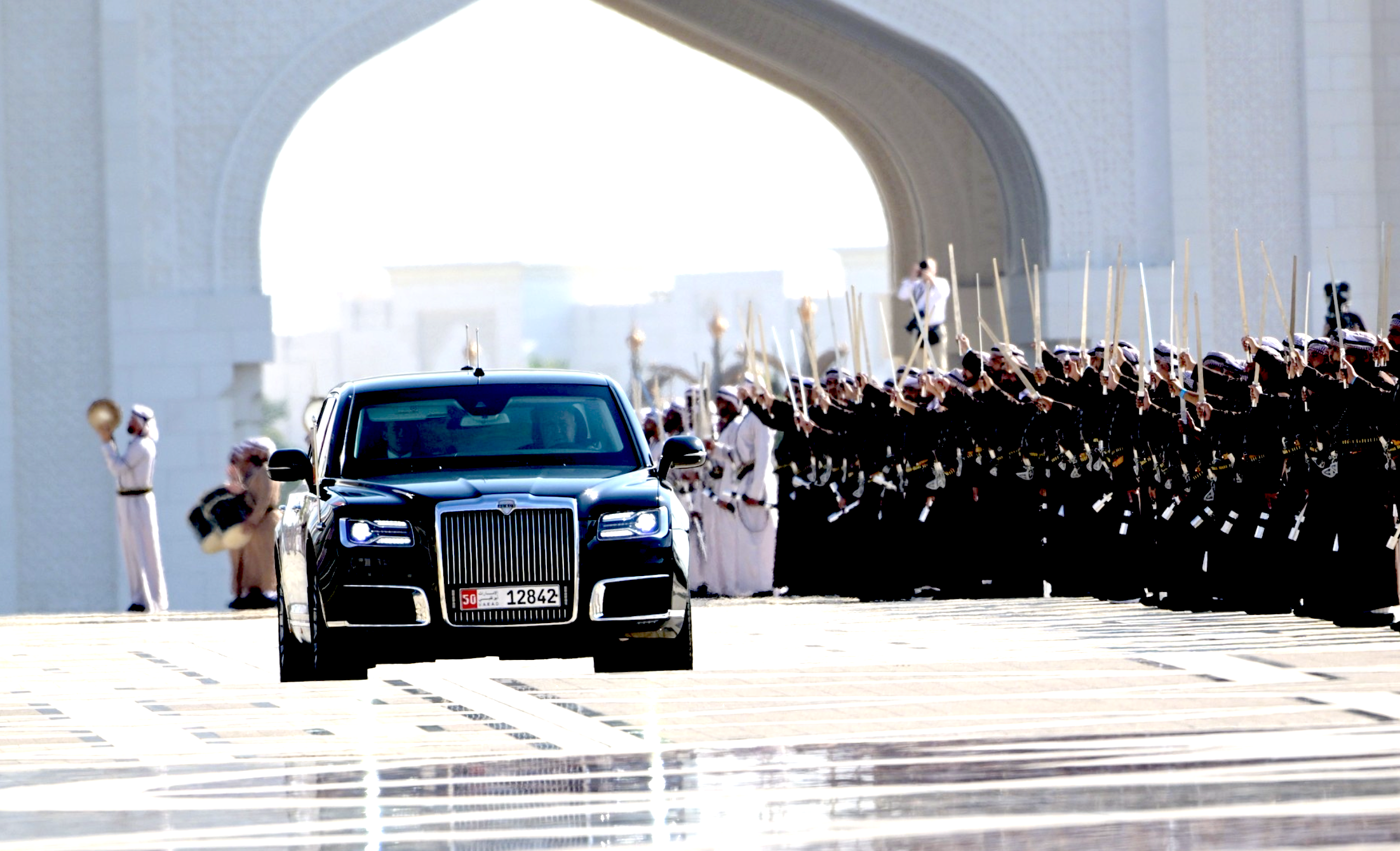By Robert Parry, Consortium News, 2/7/24
Robert Parry was in the forefront of questioning official narratives about the downing of Malaysian Airlines Flight 17 in Ukrainian airspace on July 17, 2014, which Western officials immediately, and inquiries later, blamed on Russia.
But the International Court of Justice in The Hague on Jan. 31 refused to assign responsibility to Moscow and rejected Ukraine’s 2017 request that it order Russia to pay compensation.
The ruling vindicated Parry who came under heavy criticism from Bellingcat and the Australian version of the 60 Minutes program for his reporting questioning the official Western story.
Parry wrote numerous articles on the affair, including:
Jan. 19, 2015: The Danger of an MH-17 ‘Cold Case;
May 18, 2015: Fake Evidence Blaming Russia for MH-17?;
May 20, 2015: You Be the Judge;
Oct. 20, 2015: MH-17 Case: ‘Old’ Journalism vs. ‘New’;
July 3, 2016: MH-17 Probe’s Torture-Implicated Ally
July 19, 2016: Fraud Alleged in NYT’s MH-17 Report;
Sept. 29, 2016: The Official and Implausible MH-17 Scenario,
The following is the republication of one of these articles:
The Ever-Curiouser MH-17 Case
March 16, 2016
Exclusive: The shoot-down of Malaysia Airlines Flight 17 over Ukraine has served as a potent propaganda club against Russia but the U.S. government is hiding key evidence that could solve the mystery, writes Robert Parry.
By Robert Parry
Special to Consortium News
The curious mystery surrounding the shoot-down of Malaysia Airlines Flight 17 over eastern Ukraine on July 17, 2014, gets more and more curious as the U.S. government and Dutch investigators balk at giving straightforward answers to the simplest of questions even when asked by the families of the victims.
Adding to the mystery Dutch investigators have indicated that the Dutch Safety Board did not request radar information from the United States, even though Secretary of State John Kerry indicated just three days after the crash that the U.S. government possessed data that pinpointed the location of the suspected missile launch that allegedly downed the airliner, killing all 298 people onboard.
Although Kerry claimed that the U.S. government knew the location almost immediately, Dutch investigators now say they hope to identify the spot sometime “in the second half of the year,” meaning that something as basic as the missile-launch site might remain unknown to the public more than two years after the tragedy.
The families of the Dutch victims, including the father of a Dutch-American citizen, have been pressing for an explanation about the slow pace of the investigation and the apparent failure to obtain relevant data from the U.S. and other governments.
I spent time with the family members in early February at the Dutch parliament in The Hague as opposition parliamentarians, led by Christian Democrat Pieter Omtzigt, unsuccessfully sought answers from the government about the absence of radar data and other basic facts.
When answers have been provided to the families and the public, they are often hard to understand, as if to obfuscate what information the investigation possesses or doesn’t possess. For instance, when I asked the U.S. State Department whether the U.S. government had supplied the Dutch with radar data and satellite images, I received the following response, attributable to “a State Department spokesperson”: “While I won’t go into the details of our law enforcement cooperation in the investigation, I would note that Dutch officials said March 8 that all information asked of the United States has been shared.”
I wrote back thanking the spokesperson for the response, but adding:
“I must say it seems unnecessarily fuzzy. Why can’t you just say that the U.S. government has provided the radar data cited by Secretary Kerry immediately after the tragedy? Or the U.S. government has provided satellite imagery before and after the shootdown? Why the indirect and imprecise phrasing? …
I’ve spent time with the Dutch families of the victims, including the father of a U.S.-Dutch citizen, and I can tell you that they are quite disturbed by what they regard as double-talk and stalling. I would like to tell them that my government has provided all relevant data in a cooperative and timely fashion. But all I get is this indirect and imprecise word-smithing.”
The State Department spokesperson wrote back, “I understand your questions, and also the importance of the view of these families so devastated by this tragedy. However, I am going to have to leave our comments as below.”
Malaysia Airlines Boeing 777-2H6-ER (9M-MRD) at the international terminal at Perth Airport. This aircraft crashed over Ukraine on 17 July 2014. (Darren Koch/Wikimedia Commons)
Propaganda Value
This lack of transparency, of course, has a propaganda value since it leaves in place the widespread public impression that ethnic Russian rebels and Russian President Vladimir Putin were responsible for the 298 deaths, a rush to judgment that Secretary Kerry and other senior U.S. officials (and the Western news media) encouraged in July 2014.
Once that impression took hold there has been little interest in Official Washington to clarify the mystery especially as evidence has emerged implicating elements of the Ukrainian military. For instance, Dutch intelligence has reported (and U.S. intelligence has implicitly confirmed) that the only operational Buk anti-aircraft missile systems in eastern Ukraine on July 17, 2014, were under the control of the Ukrainian military.
In a Dutch report released last October, the Netherlands’ Military Intelligence and Security Service (MIVD) reported that the only anti-aircraft weapons in eastern Ukraine capable of bringing down MH-17 at 33,000 feet belonged to the Ukrainian government.
MIVD made that assessment in the context of explaining why commercial aircraft continued to fly over the eastern Ukrainian battle zone in summer 2014. MIVD said that based on “state secret” information, it was known that Ukraine possessed some older but “powerful anti-aircraft systems” and “a number of these systems were located in the eastern part of the country.”
The intelligence agency added that the rebels lacked that capability: “Prior to the crash, the MIVD knew that, in addition to light aircraft artillery, the Separatists also possessed short-range portable air defence systems (man-portable air-defence systems; MANPADS) and that they possibly possessed short-range vehicle-borne air-defence systems. Both types of systems are considered surface-to-air missiles (SAMs). Due to their limited range they do not constitute a danger to civil aviation at cruising altitude.”
One could infer a similar finding by reading a U.S. “Government Assessment” released by the Director of National Intelligence on July 22, 2014, five days after the crash, seeking to cast suspicion on the ethnic Russian rebels and Putin by noting military equipment that Moscow had provided the rebels. But most tellingly the list did not include Buk anti-aircraft missiles. In other words, in the context of trying to blame the rebels and Putin, U.S. intelligence could not put an operational Buk system in the rebels’ hands.
So, perhaps the most logical suspicion would be that the Ukrainian military, then engaged in an offensive in the east and fearing a possible Russian invasion, moved its Buk missile systems up to the front and an undisciplined crew fired a missile at a suspected Russian aircraft, bringing down MH-17 by accident.
That was essentially what I was told by a source who had been briefed by U.S. intelligence analysts in July and August 2014. [See, for instance, Consortiumnews.com’s “Flight 17 Shoot-Down Scenario Shifts” and “The Danger of an MH-17 Cold Case.”]
Kerry meeting Putin in Moscow, Sept. 5, 2016 (Press Service President of Russia/Wikimedia Commons)
But Ukraine is a principal participant in the Dutch-led Joint Investigation Team (JIT), which has been probing the MH-17 case, and thus the investigation suffers from a possible conflict of interest since Ukraine would prefer that the world’s public perception of the MH-17 case continue to blame Putin. Under the JIT’s terms, any of the five key participants (The Netherlands, Ukraine, Australia, Belgium and Malaysia) can block release of information.
The interest in keeping Putin on the propaganda defensive is shared by the Obama administration which used the furor over the MH-17 deaths to spur the European Union into imposing economic sanctions on Russia.
In contrast, clearing the Russians and blaming the Ukrainians would destroy a carefully constructed propaganda narrative which has stuck black hats on Putin and the ethnic Russian rebels and white hats on the U.S.-backed government of Ukraine, which seized power after a putsch that overthrew elected pro-Russian President Viktor Yanukovych on Feb. 22, 2014.
Accusations against Russia have also been fanned by propaganda outlets, such as the British-based Bellingcat site, which has collaborated with Western mainstream media to continue pointing the finger of blame at Moscow and Putin – as the Dutch investigators drag their heels and refuse to divulge any information that would clarify the case.
Letter to the Families
Perhaps the most detailed – although still hazy – status report on the investigation came in a recent letter from JIT chief prosecutor Fred Westerbeke to the Dutch family members. The letter acknowledged that the investigators lacked “primary raw radar images” which could have revealed a missile or a military aircraft in the vicinity of MH-17.
Ukrainian authorities said all their primary radar facilities were shut down for maintenance and only secondary radar, which would show commercial aircraft, was available.
The Buk missile system 9K37M “Buk-M1” (SA-11). (Ukrainian Air Force Museum in Vinnitsa.)
Russian officials have said their radar data suggest that a Ukrainian warplane might have fired on MH-17 with an air-to-air missile, a possibility that is difficult to rule out without examining primary radar which has so far not been available. Primary radar data also might have picked up a ground-fired missile, Westerbeke wrote.
“Raw primary radar data could provide information on the rocket trajectory,” Westerbeke’s letter said. “The JIT does not have that information yet. JIT has questioned a member of the Ukrainian air traffic control and a Ukrainian radar specialist. They explained why no primary radar images were saved in Ukraine.” Westerbeke said investigators are also asking Russia about its data.
Westerbeke added that the JIT had “no video or film of the launch or the trajectory of the rocket.” Nor, he said, do the investigators have satellite photos of the rocket launch.
“The clouds on the part of the day of the downing of MH17 prevented usable pictures of the launch site from being available,” he wrote. “There are pictures from just before and just after July 17th and they are an asset in the investigation.” According to intelligence sources, the satellite photos show several Ukrainian military Buk missile systems in the area.
Why the investigation’s data is so uncertain has become a secondary mystery in the MH-17 whodunit. During an appearance on NBC’s Meet the Press on July 20, 2014, three days after the crash, Secretary Kerry declared,
“We picked up the imagery of this launch. We know the trajectory. We know where it came from. We know the timing. And it was exactly at the time that this aircraft disappeared from the radar.”
But this U.S. data has never been made public. In the letter, Westerbeke wrote, “The American authorities have data, that come from their own secret services, which could provide information on the trajectory of the rocket. This information was shared in secret with the [Dutch] MIVD.”
Westerbeke added that the information may be made available as proof in a criminal case as an amtsbericht or “official statement.”
Quinn Schansman, a dual U.S.-Dutch citizen killed aboard Malaysia Airlines Flight 17 on July 17, 2014. (Facebook)
Yet, despite the U.S. data, Westerbeke said the location of the launch site remains uncertain. Last October, the Dutch Safety Board placed the likely firing location within a 320-square-kilometer area that covered territory both under government and rebel control. (The safety board did not seek to identify which side fired the fateful missile.)
By contrast, Almaz-Antey, the Russian arms manufacturer of the Buk systems, conducted its own experiments to determine the likely firing location and placed it in a much smaller area near the village of Zaroshchenskoye, about 20 kilometers west of the Dutch Safety Board’s zone and in an area under Ukrainian government control.
Westerbeke wrote,
“Raw primary radar data and the American secret information are only two sources of information for the determination of the launch site. There is more. JIT collects evidence on the basis of telephone taps, locations of telephones, pictures, witness statements and technical calculations of the trajectory of the rocket.
The calculations are made by the national air and space laboratory on the basis of the location of MH17, the damage pattern on the wreckage and the special characteristics of the rockets. JIT does extra research on top of the [Dutch Safety Board] research. On the basis of these sources, JIT gets ever more clarity on the exact launch site. In the second half of the year we expect exact results.”
Meanwhile, the U.S. government continues to stonewall a request from Thomas J. Schansman, the father of Quinn Schansman, the only American citizen to die aboard MH-17, to Secretary Kerry to release the U.S. data that Kerry has publicly cited.
Quinn Schansman, who had dual U.S.-Dutch citizenship, boarded MH-17 along with 297 other people for a flight from Amsterdam to Kuala Lumpur on July 17, 2014. The 19-year-old was planning to join his family for a vacation in Indonesia.
In a letter to Kerry dated Jan. 5, 2016, Thomas J. Schansman noted Kerry’s remarks at a press conference on Aug. 12, 2014, when the Secretary of State said about the Buk anti-aircraft missile suspected of downing the plane:
“We saw the take-off. We saw the trajectory. We saw the hit. We saw this aeroplane disappear from the radar screens. So there is really no mystery about where it came from and where these weapons have come from.”
Although U.S. consular officials in the Netherlands indicated that Kerry would respond personally to the request, Schansman told me this week that he had not yet received a reply from Kerry.
The late investigative reporter Robert Parry broke many of the Iran-Contra stories for The Associated Press and Newsweek in the 1980s. In 1995 he founded this website for a consortium of journalists to publish work that was being suppressed by their mainstream editors.
Like this:
Like Loading...




